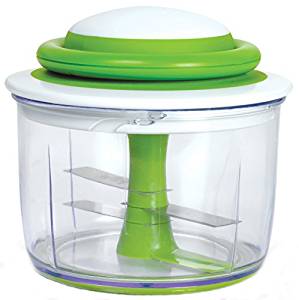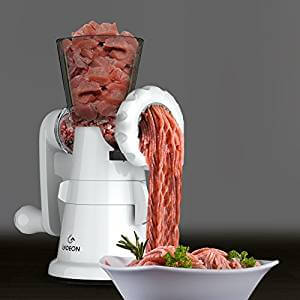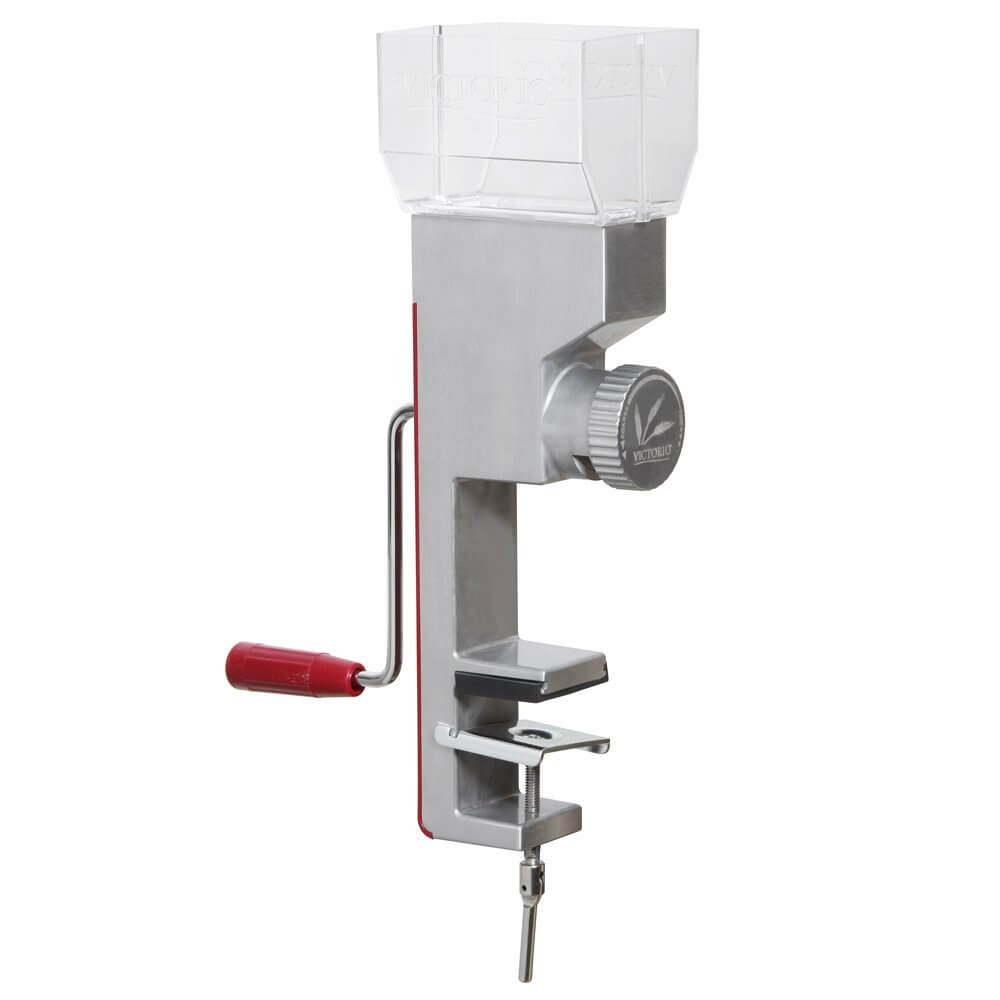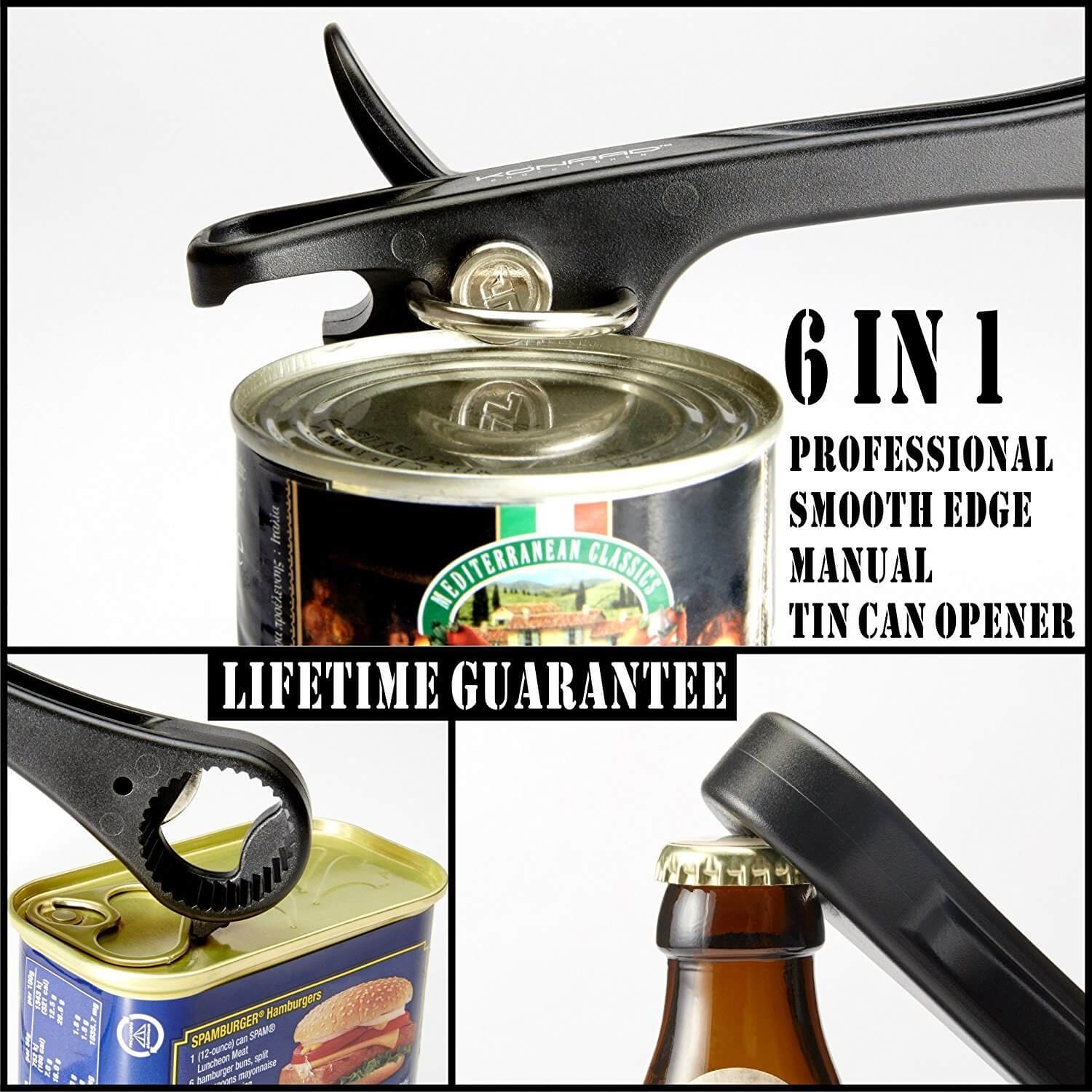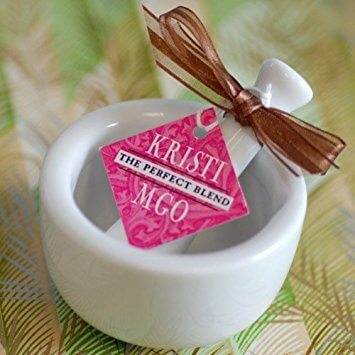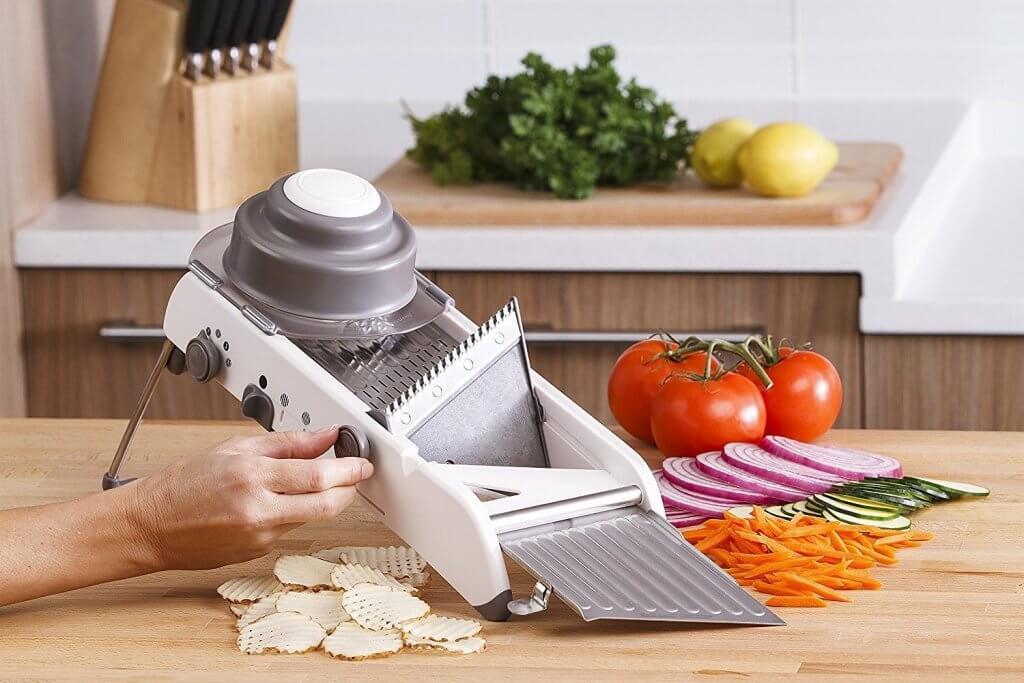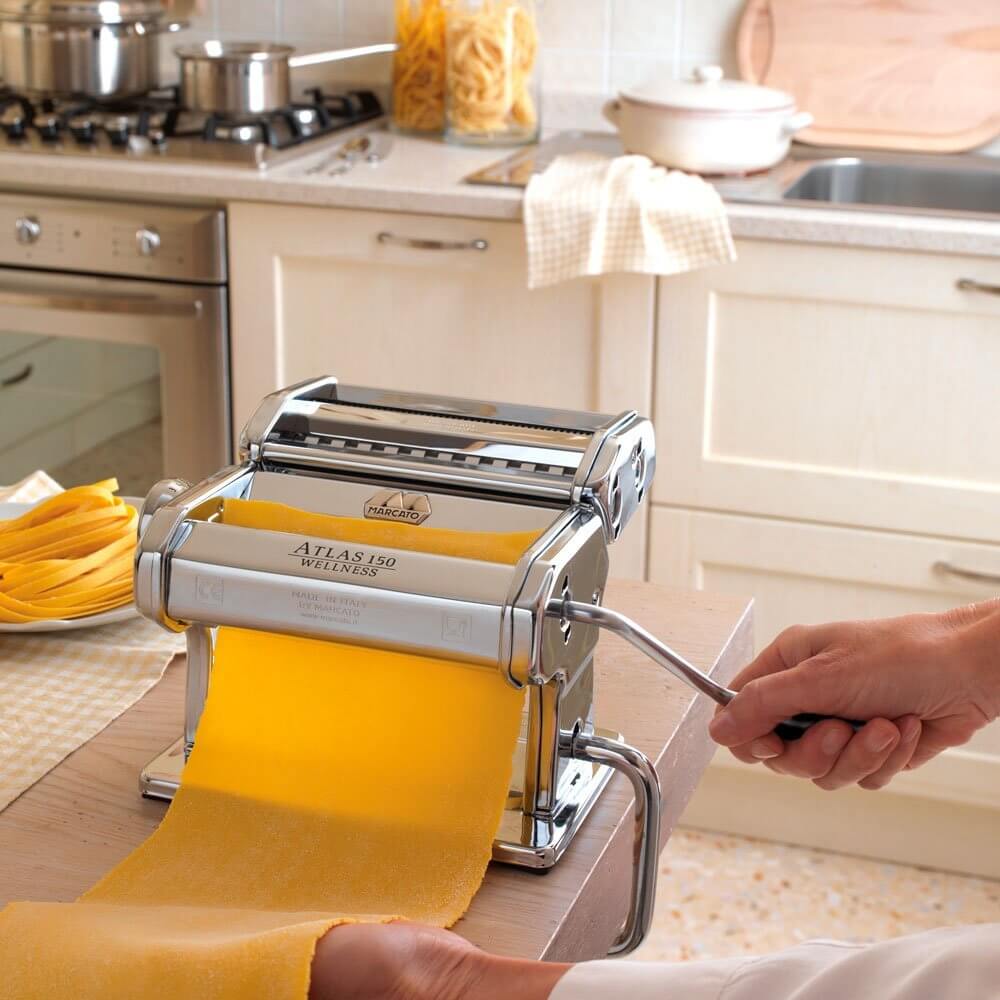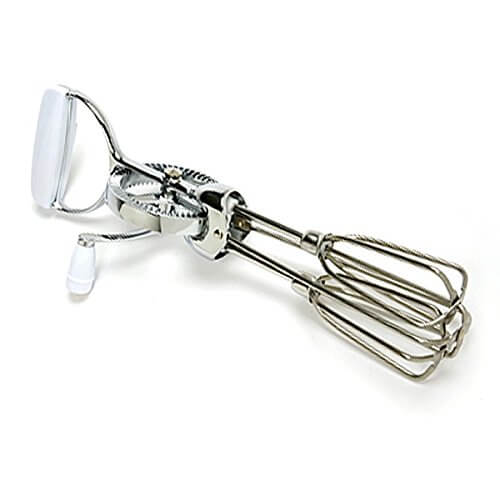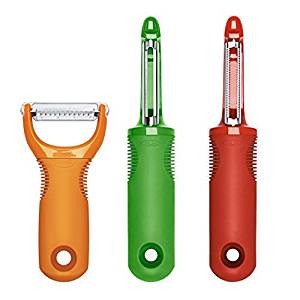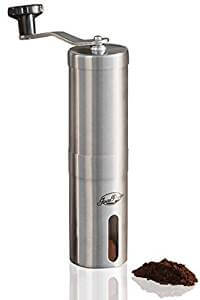When the grid goes down during a natural disaster, they virtually have no idea how to prepare a meal. To make a kitchen self-sufficient, it is essential to find non-electric tools to aid in preparing food and ingredients for a meal. With this, it is essential to have the following top hand crank kitchen tools for preppers– not only in your kitchen but in your bugout hole.
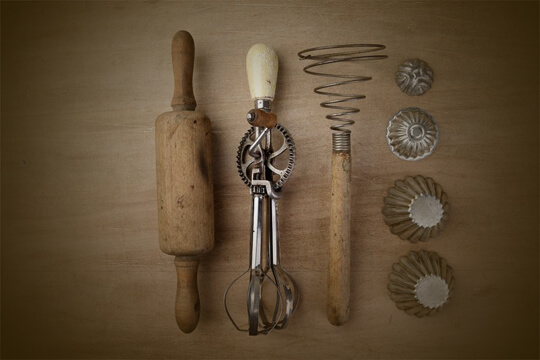
Source: prepforshtf.com
- Handheld Food Chopper. A great addition to small kitchens when camping, traveling, RV-ing or bugging out in the wild, a hand-powered chopper allows cutting of fruits, vegetables, herbs, meats (boneless), nuts, and so on easier even without electricity. To use, simply put ingredients inside the container, lock the lid and start spinning. It can also whip up pesto, salsa, guacamole, hummus, dips, and many more.
- Handheld Meat Grinder. Want to make patties or meatballs out of your game meat or backyard-raised livestock then, a handheld meat grinder comes handy. You can choose sturdy plastic materials like this portable Gideon Hand Crank Manual Meat Grinder or choose a stainless steel variety which you can attach to a wooden table. It is also great for grinding vegetables, fruits, and many more.
- Grain Mill. Want fresh bread, rice dishes, and other grain-based food set on the table? Then, stuff your survival pantry with grains and your kitchen with a grain mill. This one can grind not just quinoa, amaranth, rice, oats, and barley but also coffee beans.
- Can & Bottle Opener. You will need canned and bottled goods to survive. This makes a can and bottle opener handy to have in your doomsday-read kitchen. Do pick up a lightweight and slim one, like this ZenFresh 6 IN 1 Manual Can Opener. This is so much easier to stash in your bugout backpack when the need arise.
- Mortar and Pestle. Aside from cooking, many herbs are known for their medical properties in fighting various illnesses. When you are out in the wild, a mortar and pestle can truly come handy not just in crushing spices and herbs for a delectable meal but also for first-aid. This mini pestle and mortar below, for instance, can be easily stashed in your backpack or kitchen drawer to help smash whole herbs and spices as well as medications. Porcelain type, by the way, makes an excellent choice as it won’t absorb unbecoming odors and is quite easy to clean.
- Mandoline Slicer-Grater. Grate cheese, vegetable, nuts, and fruits with ease even without electricity. A hand-crank mandoline slicer-grater makes a lot of difference in converting a tedious off-grid kitchen into a more convenient one. Now, you can slice, dice, julienne, and grate anything on hand even when there’s no electricity.
- Pasta Maker. If you have kids, pasta is a must-have in your kitchen. This makes a pasta maker a wise addition to your kitchen pantry. Now, you can make your own fresh, authentic home-made pasta without any problem. The Marcato Atlas Pasta Machine, for instance, can create 2 types of pasta shapes– fettuccine, lasagna, and tagliolini.
- Egg Beater. You will need to beat eggs for some of your signature dishes. Cooking omelet is also another usual kitchen engagement among preppers as it’s the least tedious way to cook a hearty meal. This makes a manual egg beater handy when off-grid. This can also be used to blend pancake batter or whip some cream.
- Peeler. Don’t want to lose any of your fingers peeling something with a knife? Then, make sure to have a manual peeler handy with you. Get a handcrank apple peeler that helps core and slice apples and pineapples. Or simply get a set, like the one below from the OXO Good Grips series, to help prepare salads, toppings and garnishes quickly even when offgrid.
- Coffee Grinder. Get the freshest cup every time with a handy coffee grinder in tow. This JavaPresse Manual Coffee Grinder below, for instance, can be easily stashed in your backpack or in a kitchen drawer ready for grinding coffee beans. Add a percolator to your list to truly enjoy this beverage even without the aid of electricity.
Bottom line is: It pays to have a backup plan for your kitchen when the grid goes down. Cooking off-grid can truly be time-consuming. With these top hand crank kitchen tools for preppers, however, can make your household self-sufficient should the inevitable happen.
